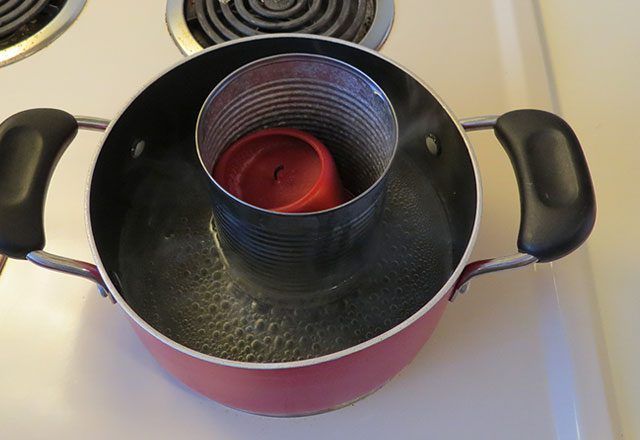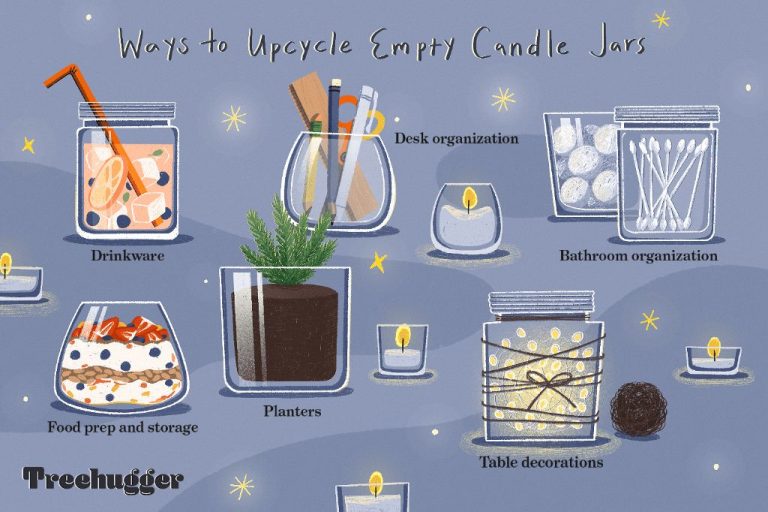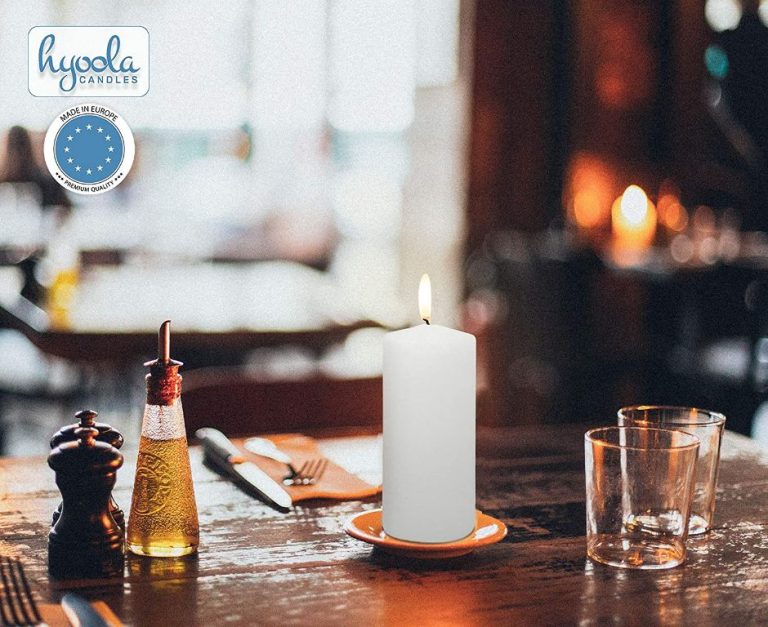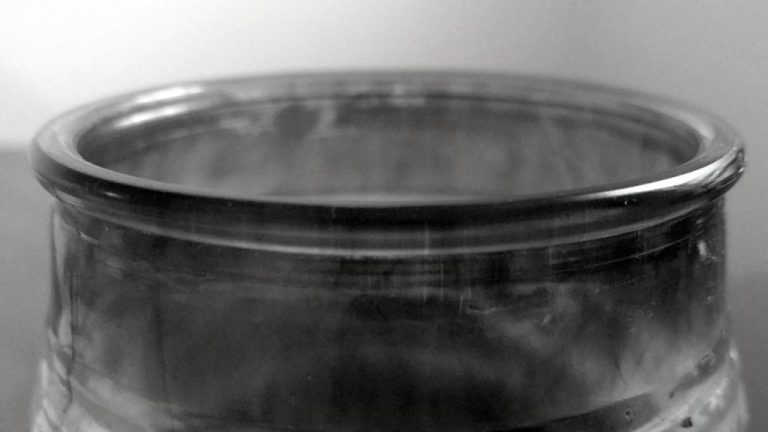Can You Refill Empty Candle Jars?
Refilling old candle jars has become a popular DIY craft and way to repurpose used containers. The main concept behind refilling candle jars is to reuse and recycle them, giving the jars new life with homemade candles or wax melts. This helps cut down on waste and allows crafters to create custom candles on a budget.
There are several pros to refilling candle jars. It reduces the need to purchase new jars, which can be expensive. It also gives creative control over the candle’s scent, color, and design. Refilling jars is also relatively easy and inexpensive. Simply clean the jar, make or purchase new wax, create a wick, and pour. Refilling jars also allows you to match scents to the seasons or make unique personalized candles.
However, there are a few potential cons to consider. The wax needs to adhere well to the jar, so not all waxes work. Removing wax residue and old labels takes time. There is also some trial and error finding the right wick size and shape for the jar. Proper wicking is key to get an even burn and maximize scent throw. Lastly, not all jars are safe to reuse if they contained toxic substances or are made from unsafe materials. Do research first.
Overall, refilling candle jars can be a fun, creative way to reuse containers with some DIY skills. But it does require a bit of work, research, and patience to do properly.
Reusing Candle Jars
Reusing old candle jars is an environmentally friendly alternative to throwing them in the trash. According to this source, recycling glass uses less energy than creating new glass and keeps jars out of landfills. Reusing jars also reduces the need to manufacture new ones, saving resources and energy.
Many types of jars can be reused for candles or other purposes. Standard glass jars from pillar candles or jars candles can be cleaned out and refilled. Decorative jars and containers from scented candles often make attractive storage vessels. Even some metal tins from tea light or votive candles can be reused if properly cleaned.
With some simple cleaning and prep work, old candle jars give used containers new life and keep waste out of landfills. Their unique shapes and sizes lend themselves well for crafty DIY projects. By reusing what you already have, you can reduce your environmental impact and give beloved jars new purpose.
Cleaning Used Jars
Before reusing a candle jar, you need to thoroughly clean out any wax residue. This process will prepare the jar for refilling. First, remove any remaining wick and allow the jar to cool if it was recently lit. Then, fill the jar about halfway with hot water and allow it to sit for 5-10 minutes. The hot water will melt the remaining wax and allow it to separate from the glass. Carefully pour out the water and melted wax. Use a paper towel to wipe out any remaining wax streaks. If needed, repeat the hot water process until all visible wax is removed.
For stubborn wax residue, bring a pot of water to a boil. Then carefully place the upside down jar in the water, ensuring the opening is fully submerged. Allow the jar to soak for 5-10 minutes. The boiling water will melt any remaining wax, which you can then pour out along with the water. Let the jar fully dry upside down on a dish rack before refilling. Avoid using very hot or boiling water directly in the jar, as this can potentially crack the glass. Repeating the boiling water soak as needed until no more wax comes out will get the jar in ideal condition for reuse. Just be sure to let it fully cool before refilling or decorating.
Avoid abrasive scrubbers or cleaners when cleaning candle jars, as these can create scratches. A soft sponge, gentle dish soap, and hot water are the best tools for removing wax. With some time and effort, candle jars can be reused successfully for many future candles.
Choosing Wax for Refills

When refilling empty candle jars, you have a few options for the type of wax to use. Some of the most common types are soy wax, paraffin wax, and beeswax. Each has their own pros and cons for refills:
Soy wax – Made from soybeans, this natural wax has a low melting point which makes it easy to work with. Soy wax blends well with fragrances and dyes. It can be prone to frosting and sweating in some environments, so may not be the best choice for refills if you live in a humid climate. Soy wax is biodegradable and derived from a renewable resource. (Source)
Paraffin wax – This petroleum-based wax holds fragrance well and produces a smooth finish on candles. It has a higher melting temperature than soy, so requires more handling care when pouring. Paraffin can be more prone to soot and dripping than other waxes. Some people prefer to avoid paraffin for environmental reasons since it is derived from petroleum. (Source)
Beeswax – Made by honey bees, natural beeswax has a subtle honey aroma. It can be expensive compared to other waxes. Beeswax has a high melting point so requires careful heating. The finished candle has a glossy look. Beeswax is not known for holding fragrances well. (Source)
Adding Fragrance to Refilled Candles
Adding fragrance oils, essential oils or other scents helps bring reusable candle jars back to life with wonderful aromas. There are a few key considerations when adding fragrance to candle wax refills:
Fragrance oils specially formulated for candle making typically work best. These are blended for safety and maximum scent throw when burned. Popular options include fragrance oils from CandleScience and The Flaming Candle.
Essential oils can also scent soy candles, but may fade faster or morph when burned. Use 100% pure, undiluted oils and limit to 1-2% of wax weight. Peppermint, lavender, citrus and pine oils are common choices.
Avoid using perfumes, air fresheners, or fragrance oils meant for other purposes like soap or lotions. These are often diluted and may not provide an even scent throw.
Test scents on a small batch first to find pleasing combinations before scaling up. An average of 1-2 ounces of fragrance oil per pound of wax provides medium strength.
Add oils just as the wax cools below 185°F to preserve scent integrity. Stir thoroughly to incorporate.
With care and proper ingredients, it’s easy to refresh the scent of repurposed candle jars for a homemade feel.
Preparing the Wick
Proper wick preparation is crucial for refilling candle jars. The wick size and placement will determine how well your refilled candle burns. When reusing a jar, you’ll need to either reuse the existing wick or replace it entirely.
For reusing a wick, make sure to trim it to 1⁄4 inch above the bottom of the jar to reduce smoking and achieve an even melt pool. Wicks get saturated with fragrance oils over time, so trimming ensures optimal performance. Position the trimmed wick in the center using wick stickers before pouring in new wax.
If the existing wick is too large or off-center, replace it. Choose a wick approximately 1 mm narrower than the jar opening for ideal melt pool size. Precut and pretabbed wicks designed for refills make this easy. Stick the new wick in place centered in the jar bottom before adding wax. Proper wick sizing and centering prevents tunneling and ensures even burning.
Refer to manufacturer guidelines on wick sizes appropriate for the wax type and jar dimensions you are using. This ensures the best results when refilling used candle jars.
[Source: https://www.steviestorck.com/blog/2022/10/21/how-to-clean-amp-refill-candle-jars]
Melting and Pouring
To melt the wax and pour it into the cleaned jars, you’ll need a double boiler setup. Fill a pot with a couple inches of water and place it over medium heat. Rest a glass measuring cup or pouring pitcher in the water. Add wax chunks to the pitcher and stir occasionally as it melts. Heat the wax to the temperature specified on the package, usually around 185°F.
Once the wax is fully melted, remove the pitcher from the heat and add fragrance if using. Carefully pour the wax into the waiting jars, leaving about 1⁄4 inch of headspace. Work quickly before the wax starts to cool and harden. Let the refilled jars sit undisturbed as they cool. The cooling process can take 6-12 hours. Avoid moving or handling the jars until fully set.
You can reuse small pieces of leftover hardened wax. Break into chunks and add to your next melting batch.
Troubleshooting
When refilling used candle jars, there are some common issues that can occur. Air bubbles can get trapped in the wax as you are pouring, causing cracks or holes on the surface when the candle sets. To prevent this, make sure to cool the wax slightly before pouring so it thickens up a bit, and pour slowly and evenly into the center of the jar (source). You can also try poking holes around the wick before pouring to release trapped air bubbles.
Another problem is sinkholes forming around the wick as the candle burns. This happens when the wick melts the wax too quickly, creating a depression. To fix existing sinkholes without a heat gun, you can top off the melted wax with new wax as the candle is lit (source). Going forward, use a thicker wick or make sure not to trim the wick too short to prevent excessively rapid melting.
By taking some simple precautions and being ready to make adjustments, you can troubleshoot any issues that arise when refilling used candle jars.
Decorating Refilled Jars
Once you’ve successfully refilled your candle jars, you’ll want to decorate them to give them a fresh new look. Here are some ideas for decorating reused jars:
Clean the outside of the jar thoroughly to remove any wax residue or dirt. This gives you a blank slate for decorating (source: https://www.pinterest.com/glo0922/repurpose-candle-jars/).
Paint the outside of the jar with acrylic paints or spray paints. You can do a single color or get creative with patterns and designs. Allow paint to fully dry before continuing (source: https://www.pinterest.com/glo0922/repurpose-candle-jars/).
Wrap the outside of the jar with pretty paper, fabric, lace, raffia or other materials using decoupage or Mod Podge. This creates a shabby chic look (source: https://www.pinterest.com/pin/337618241357467984/).
Glue on embellishments like buttons, beads, seashells or jewels to personalize the jars. Arrange decoratively or spell out words/phrases (source: https://www.pinterest.com/pin/337618241357467984/).
Tie raffia, twine, ribbon or fabric around the rim for a rustic charm. You can leave the ends hanging or tie a bow (source: https://www.pinterest.com/glo0922/repurpose-candle-jars/).
For labeling your decorated jars, use permanent markers, printable labels, vinyl letter stickers, or hang tags. Include scent name, warnings, etc. Be creative with fonts and designs (source: https://www.pinterest.com/pin/337618241357467984/).
Conclusion
Refilling empty candle jars is a great way to reduce waste and save money. As we’ve discussed, it just takes a few simple steps to give used jars new life. Start by thoroughly cleaning the jars to remove any wax residue. Melt down leftover wax scraps or purchase new wax in the desired color and fragrance. Carefully prepare the wick and affix it to the bottom of the jar, making sure it’s centered. Slowly pour the melted wax into the jar, leaving room at the top for the wax to pool when lit. Allow the candle to fully cure before lighting. Refilling jars reduces the need to purchase new candles and keeps additional glass out of landfills. With some creativity, you can customize reloaded jars with beautiful designs to have stylish candles on hand for pennies compared to retail pricing. Refilling empties is an easy DIY project that’s better for your wallet and the environment.





